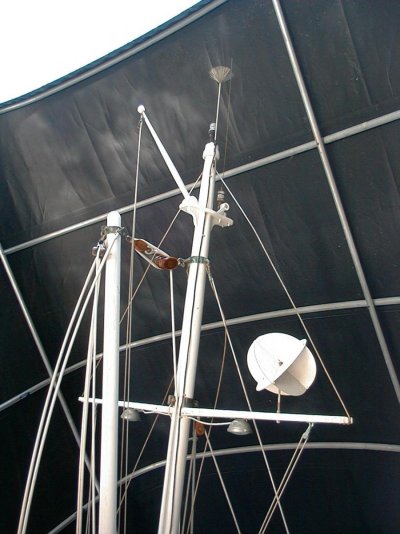Hippocampus
Guru
- Joined
- Jul 27, 2020
- Messages
- 4,152
- Location
- Plymouth
- Vessel Name
- Hippocampus
- Vessel Make
- Nordic Tug 42
We’re thinking of spending time on our next boat, a trawler, in the Florida keys and Bahamas. Areas we’ve not fully seen. When spec’ing our last boat read the Florida professor who is the guru on lightening protection. Given we can’t afford a LRC in Al and don’t have experience in Fe so it’s likely to be GRP. Have spent a scary week off the Bahamas when hove too to escape weather. Lightening all round us every day and night the whole time. Just waiting for a nearby strike and lights out on the electronics. Know FLA is a high risk area.
For sailboats multis are at much higher risk than monos. For power is there any general rule for which boats or type of boats are at higher risk?
Non electronic devices and engines with no electronics have better survivability. Do people let that direct their purchases if they cruise those areas?
Do people routinely carry portable gps/radios and place them in a faraday box like the oven only taking them out if there’s not any threat of strikes or build a small faraday box for storage and leave them there? Are any commercially available?
What if any mitigation systems do people employ? What the professor wants for money is huge and other devices apparently have little effect. What’s your read on this? Worth doing anything?
For sailboats multis are at much higher risk than monos. For power is there any general rule for which boats or type of boats are at higher risk?
Non electronic devices and engines with no electronics have better survivability. Do people let that direct their purchases if they cruise those areas?
Do people routinely carry portable gps/radios and place them in a faraday box like the oven only taking them out if there’s not any threat of strikes or build a small faraday box for storage and leave them there? Are any commercially available?
What if any mitigation systems do people employ? What the professor wants for money is huge and other devices apparently have little effect. What’s your read on this? Worth doing anything?


